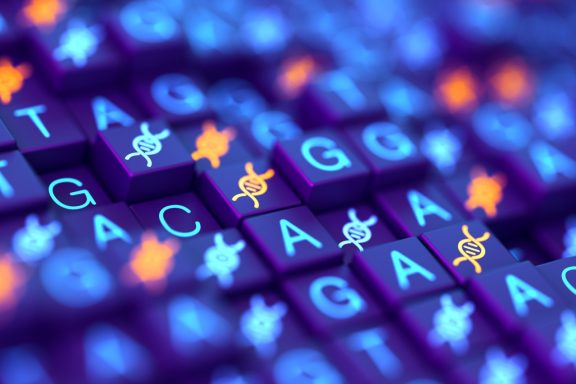
There are many diseases and disorders in which hereditary factors play a role. Clinical genetics is the specialty that studies hereditary diseases and congenital defects. Genetic testing is taking on an increasingly important role in diagnosing patients, especially when usual medical examination yields insufficient results.
The Department of Genetics consists of five sections; Clinical Genetics, Genome diagnostics, Metabolic Diseases, Research and Bioinformatics. The sections work closely together, allowing us to quickly introduce new findings and technologies into patient care.
The bioinformatics team is responsible for (automated) processing and visualization of NGS (Next-generation Sequencing) and DIMS (Direct Infusion Mass Spectrometry) data from patient samples. Our bioinformatic workflows are crucial for finding a diagnosis, hence, they are part of the ISO-15189 accreditation of the medical laboratory and comply to the IVDR.
We strive to automate as many workflows as possible, leaving us with less hands-on time per patient, and more time for maintenance, innovation and research. Additionally, we optimize the technical aspects of our workflows, such as optimizing compute resources, adding unit testing, and properly documenting the code.
Our work transcends that of the department of Genetics, and hence, we work together with other departments within dLAB who require bioinformatics for patient care.
We collaborate in several research projects, mainly within the Genetics Department. Our bioinformatic workflows are also used for research, either because patients are involved that need the diagnostic workflow, or because the workflow is steady.
Research within the Clinical Bioinformatics group involves groups of patients with a similar clinical presentation, or unsolved cases that require additional data and/or analysis.